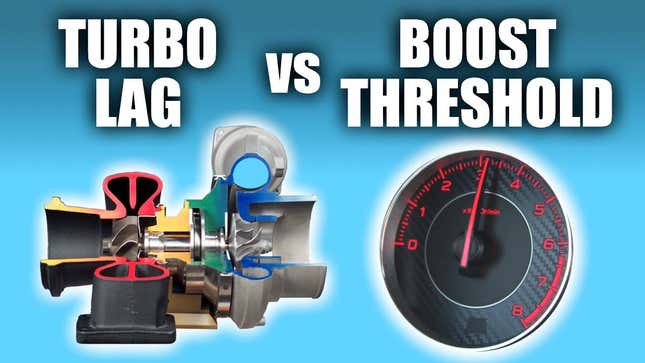I can’t predict what new energy technologies will exist in 100 years. But if battery technology keeps improving at the current pace, then yes, absolutely there will be a role for ICE-powered vehicles in 100 years.

Because that would turn a $5,000 trailer into a $50,000 trailer while also halving the payload it could carry.
“Undoubtedly the future.”
I do whatever is convenient. I don’t have an axe to grind with Uber like most people here do. So if that’s convenient, I’ll use that. Or I’ll take a train if that seems like the better option. And yeah, I’d take taxis and car services before Uber and Lyft, or rent a car. And no, I wouldn’t spend my vacation time…
Hmmm....
You’d be amazed how many people don’t live in New York—or have never even been there—and how well that translates to having no interest in trying to figure out the public transit system.
For The Love of God, Who Gives a Shit.
This truck was a middle finger to all truck buyers. Musk is openly mocking the current trend of “rugged” and “tough” trucks. He turned it up to 11 and is now in the position of “well you wanted tough, you got tough” as if we are children. This guy has never been around work trucks before. He has never had to interact…
Do you guys really still promote this “engineer” with no real experience? lol.
Many if not all of the advantages of crossovers are also disadvantages. They’re marketed as advantages and we’re upset that people fell for it. From your list:
Did you see his first crack at the 500? He led a chunk of the race and was definitely in contention for the win until his engine shat itself.
I can’t wait for some lunatic to find a way to stuff that big ‘ol bastard into a Miata.
It’s really marketing and a bit of engineering.
The turbo power’s not free, definitely, but it comes from a mix of heat/momentum in the exhaust and pressure from the piston. So, some portion of it is basically scavenging leftover/wasted energy out of the exhaust. How much depends a lot on the details, but I think on the order of 30-75% of the turbo’s energy is…
“Whether you add the 100 hp by connecting an electric motor to the supercharger or by adding a 100hp electric motor directly to the crankshaft.”
It matters where you add it, it also matters that the compressor/intake/rest of the engine is spec’d and tuned to produce that power.
It’s fair to say that parasitic losses…
All very good reasons that make sense up to a point but I have something thats a lot closer to the main reason there’s this divergence. The Europeans don’t turbocharge engines for the primary goal of increasing performance. They do so because of (imo silly) environmental regulations that over penalize per car CO2…
Ralph Illenberger from MB says: “The turbocharger just uses the exhaust energy, which at the end is much more efficient by enabling a high power output over a wide range of revs...” but I don’t think this is quite correct. In a naturally-aspirated engine, during the exhaust stroke, the piston is pushing the exhaust…

This is known as turbo lag.



